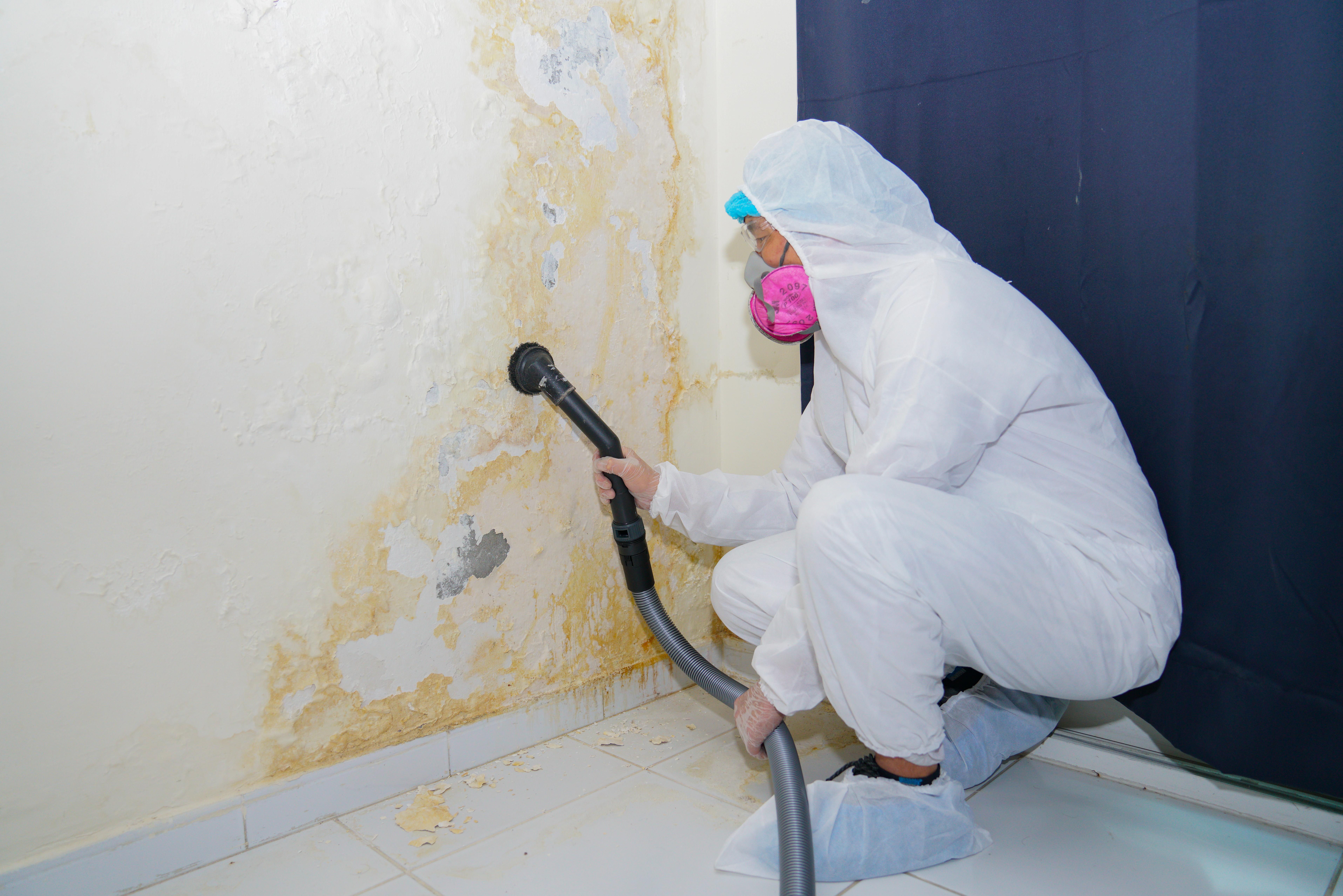Guidance on What to Do After Mold Remediation
Effective Blog Post Mold Remediation Solutions for Your Home
Mold and mildew development in homes can be a persistent problem, usually requiring a methodical strategy for efficient post-remediation options. From comprehending the variables that contribute to mold and mildew growth to carrying out correct cleansing techniques and dampness control procedures, the process can be detailed yet important for keeping a healthy living environment. Furthermore, exploring all-natural remediation options and developing a routine for ongoing upkeep are important parts of a thorough mold remediation approach. As home owners strive to deal with mold concerns, locating the most reliable solutions ends up being extremely important for the health of their homes.
Recognizing Mold And Mildew Development Aspects
Mold and mildew development is influenced by a variety of elements that are critical to understand in order to successfully address and prevent its proliferation. Recognizing these variables is important in applying successful mold and mildew removal methods. The primary factor adding to mold and mildew development is moisture. Mold spores call for dampness to germinate and flourish, making humid or wet atmospheres very prone to mold and mildew problems. Poor ventilation can additionally lead to moisture accumulation, developing an ideal reproduction ground for mold.

Furthermore, airflow and light direct exposure can influence mold and mildew development. Locations that lack appropriate ventilation and all-natural light are more vulnerable to mold development. By dealing with these variables thoroughly, people can efficiently minimize mold development and secure their living atmospheres.
Proper Mold Cleansing Techniques
Using effective cleaning methods is vital in preventing the reappearance and addressing of mold and mildew contamination in indoor environments. When dealing with mold, it is essential to focus on safety by putting on protective gear such as masks, handwear covers, and goggles. The primary step in correct mold and mildew cleaning is to have the affected location to protect against the spread of spores to unpolluted locations. This can be achieved by sealing the space and utilizing air scrubbers or unfavorable air machines to preserve air quality.

Carrying Out Moisture Control Procedures
To effectively prevent mold and mildew growth and contamination in interior settings, applying moisture control actions is extremely important. Furthermore, making certain proper air flow in areas susceptible to moisture build-up, such as washrooms and kitchen areas, can help decrease the risk of mold growth. By carefully implementing these wetness control measures, property owners can successfully lower the probability of mold recontamination and keep a healthy indoor atmosphere.
Making Use Of All-natural Remediation Solutions
After effectively carrying out wetness control measures to stop mold and mildew development in interior environments, homeowners can now discover the efficiency of natural removal options in preserving a healthy and balanced space. Natural removal remedies use eco-friendly approaches to deal with mold and mildew and mildew, making them a prominent choice for those looking for non-toxic options. One such solution is making use of vinegar, an all-natural antimicrobial representative, to disinfect and tidy surfaces infected by mold and mildew. Simply thin down vinegar with check over here water and spray it onto useful content the impacted locations, allowing it to sit for a couple of hours before wiping clean. In addition, tea tree oil, understood for its antifungal residential or commercial properties, can be combined with water and splashed onto mold-infested surfaces to prevent further growth. One more all-natural alternative is hydrogen peroxide, which can properly kill mold and mildew on various surfaces without leaving unsafe residues behind. By integrating these natural removal remedies right into their cleaning regimens, home owners can properly deal with mold growth while advertising a healthier indoor environment for themselves and their households.

Keeping a Mold-Free Environment
In order to prevent mold reoccurrence and guarantee a constantly mold-free atmosphere, it is essential for home owners to apply positive upkeep practices. Regularly checking locations prone to mold development, such as bathrooms, attics, kitchen areas, and basements, is important. Addressing any leaks, water damages, or excess dampness quickly can substantially lower the threat of mold advancement. After mold remediation. Proper ventilation in areas with high moisture levels is also essential to stopping mold growth. Utilizing dehumidifiers or exhaust fans can aid maintain ideal wetness levels and prevent mold spores from thriving.
Furthermore, preserving tidiness in the home is crucial for mold and mildew avoidance. Keeping indoor plants in check and guaranteeing correct water drainage in exterior landscaping can minimize wetness accumulation, decreasing the likelihood of mold infestations.
Verdict
Finally, it is vital to deal with mold and mildew growth variables, make use of appropriate cleaning techniques, execute moisture control measures, use all-natural remediation services, and keep a mold-free setting in order to effectively take care of article mold remediation in your house - what to do after mold remediation. By following these methods, you can stop mold from recurring and guarantee a healthy and balanced living setting for you and your family
The primary factor contributing to mold development is pop over to this web-site dampness. Mold and mildew spores need moisture to sprout and grow, making damp or moist settings extremely at risk to mold and mildew problems.To efficiently protect against mold and mildew growth and contamination in indoor settings, implementing dampness control steps is vital. Additionally, guaranteeing correct air flow in locations susceptible to moisture build-up, such as shower rooms and cooking areas, can assist decrease the risk of mold growth.After effectively implementing dampness control actions to avoid mold and mildew growth in interior settings, property owners can now discover the performance of natural remediation solutions in keeping a healthy living room.